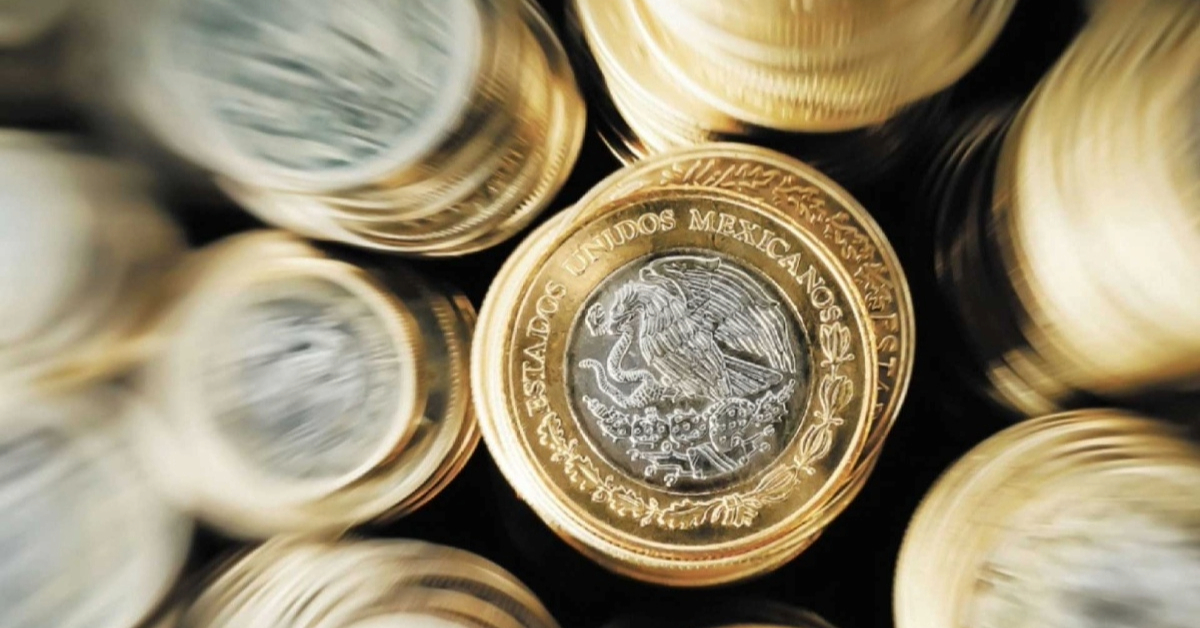The Mexican peso experienced its best day in over two weeks on Thursday, bolstered by the weakening U.S. dollar as macroeconomic data from the United States signaled that the Federal Reserve (Fed) could begin reducing the cost of credit next week. The peso registered a gain of 1.62%, or 32.11 cents, closing at 19.4724 pesos per U.S. dollar, marking its strongest level since August 26.






